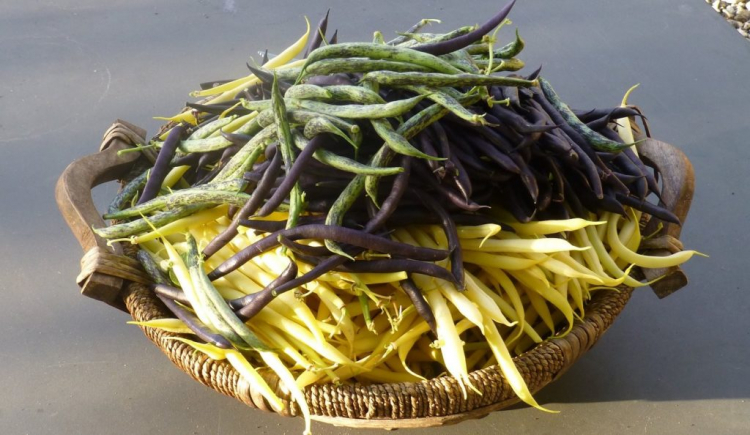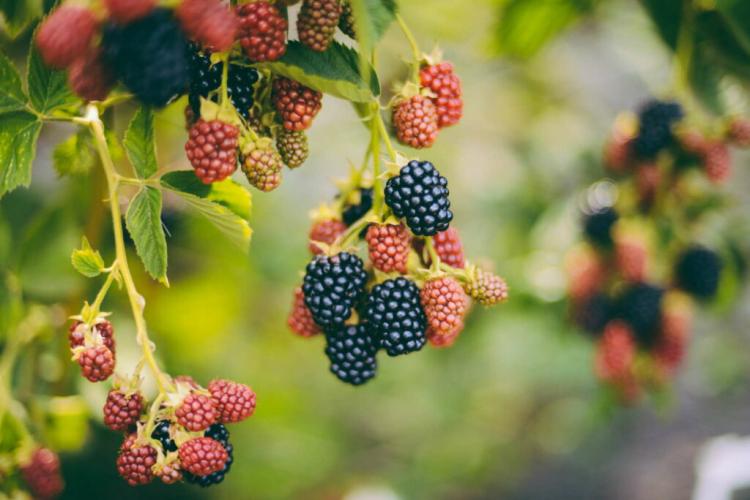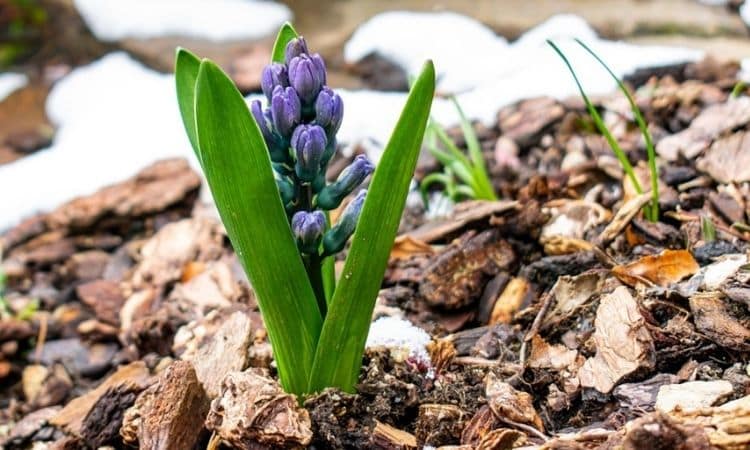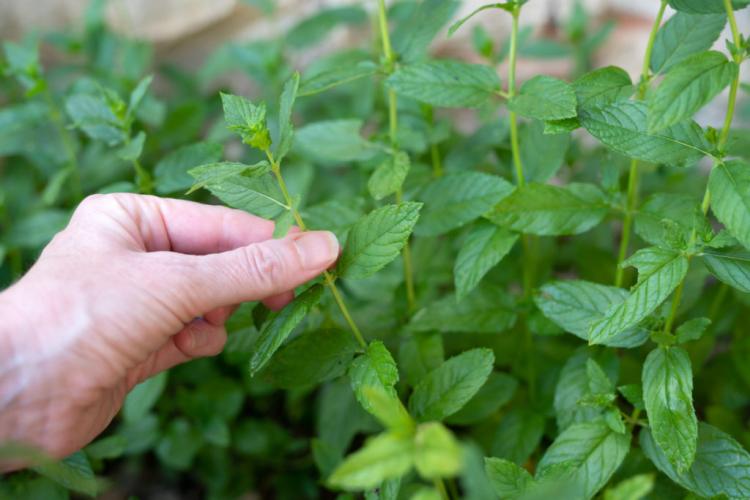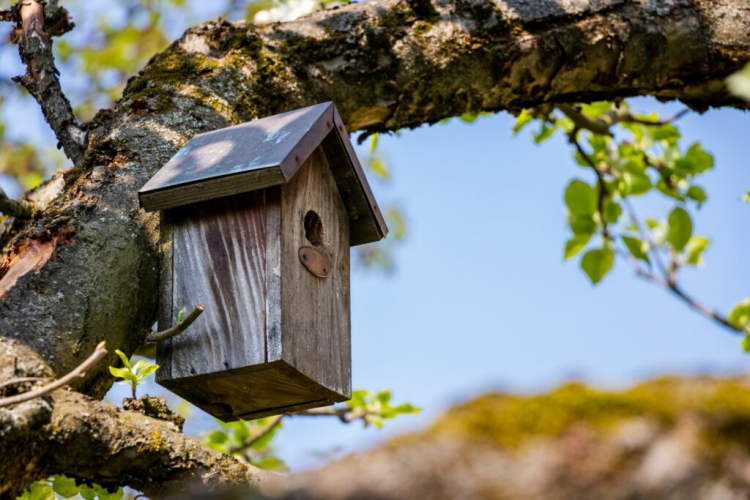The Haricot (Green) Bean: Cultivation Of French Bean
Haricot beans are not only rich in protein and therefore particularly healthy. They taste delicious and growing them in your own garden is easy with our tips. Even if one might not suspect it from the pure form, the common bean ( Phaseolus vulgaris ) and the French bean ( Phaseolus coccineus ) represent two different types of bean.
In addition to the broad bean, the garden bean is one of the vegetable protein suppliers. The grains of the Haricot bean contain on average 21% protein, surpassed by the broad bean with up to 30%. Only soybeans top this protein content. The soy trend is also likely to have caused declining bean consumption in Germany. But it doesn’t always have to be the soy product from overseas. Because the garden bean grows very well in the local garden. Possibly also a reason why this type of bean was voted Vegetable of the Year 2004 by the Association for the Preservation of Crop Diversity.
Grow haricot beans
Table of Contents
The Haricot bean likes it sunny and warm. Semi-shady locations can also be chosen. However, harvesting takes place later, which can be a problem if you want to grow the bean as a previous crop. If you sow the beans early, you can plant more vegetables after the harvest in summer. This vegetable must be suitable as a secondary crop. A great advantage of the Haricot bean as a previous crop is that it binds nitrogen from the air in its root area. More precisely, this is done by bacteria with which the bean, like other so-called legumes, live in symbiosis.
The soil should be loose and rich in humus. Organic tomato and vegetable soil are particularly suitable for growing beans. This ensures an optimal supply of nutrients. As a result, beans no longer have to be fertilized. Regular watering on dry spring days is much more important.
It is best to sow the beans from mid-May. The young plants cannot tolerate frost. If you want to grow the Haricot bean as a previous crop in Germany, the plants should be grown on your own windowsill. Regardless of which of the two cases, the grains are stuck 5 cm deep into the earth. If the plants are already 10 to 15 cm tall and already in the field, some soil can be piled up around the plants.
Moisture is better stored in the soil and, above all, the plants gain stability. From this size, runner beans also need a climbing aid. You can either buy them or make them yourself from bamboo or hazelnut shoots. The need for a climbing aid makes the cultivation of runner beans more complicated than that of green beans, which thrive without further growth aid.
You might so like: Flowers That Start With B
Haricot varieties
In the case of haricot beans, the habit is used to narrow down the varieties. The (in) determinate beans are popularly known as bush beans because they show limited growth. The fast-growing, weakly to strongly twining types are usually referred to as runner beans. In technical terms, fillet beans (meaty pods that can be eaten), core beans (seeds are dried until further processing), and onion beans, which are suitable for the first two uses.

Green beans varieties
- Amethyst: violet-colored pods, threadless and productive; compact growth allows cultivation on the balcony.
- Berggold: Green bean with a yellow, stringless pod; Tried and tested variety with a good aroma and compact habit.
- Bluevetta: purple-black pods; intensely good taste.
- Borlotto (Rosso): conspicuously red and white speckled pods with red-brown kernels; well suited for drying; late ripe.
- Borlotto Di Vigevano: very productive variety; speckled cream-red; threadless.
- Brittle Wax: early ripening, pale yellow variety with pale black speckled kernels; good taste.
- Brown Dutch: extraordinary variety with green pods and coffee-brown seeds.
- Thick-fleshed wax: golden-yellow, threadless variety with light-colored seeds.
- Purple Teepee: dark purple and stringless variety; very aromatic; 15cm long and aromatic pods.
- Speedy: very precocious bean variety with rich green pods; good resistance to burn marks and grease marks.
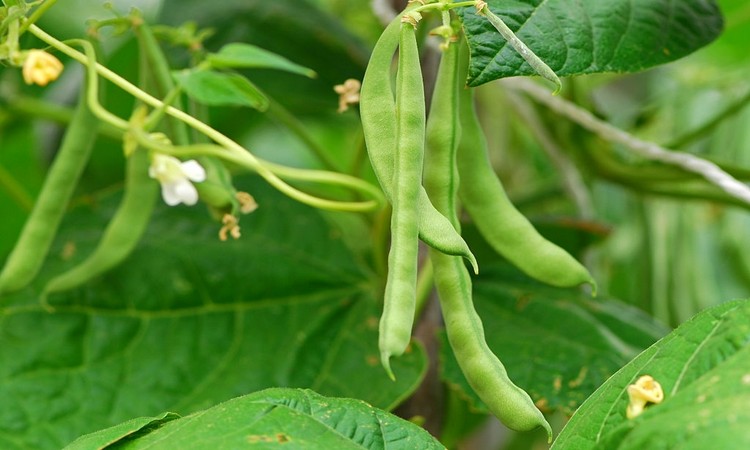
Runner beans – varieties
- Blauhilde: thread-free, dark purple runner bean with a very aromatic taste; robust growth, and resistance to various diseases.
- Avellino Giallo: late-ripening, Italian variety with golden-yellow pods and red seeds with small, white speckles; Visually very noticeable, as the sleeve is clearly curved (partly semicircular).
- Borlotto Lingua Di Fuoco 3: Italian variety with fiery red and lightly speckled pods; cream-colored seeds with red speckles.
- Eva: precocious, green-poded runner bean with very long pods (up to 30cm); high-yielding and very aromatic.
- Goldmarie: one of the earliest yellow-poded runner beans; stringless and fleshy with a good aroma; robust growth.
- Mosbacher Speck: early ripening and rich variety with green pods; a classic that has proven itself.
- Neckarkönigin: traditional and very productive variety with a delicate texture and good taste; light green, very long pods; robust and resistant to the mosaic virus.
- Smeraldo: runner bean with very long and very wide pods; light green; precocious and very good taste.
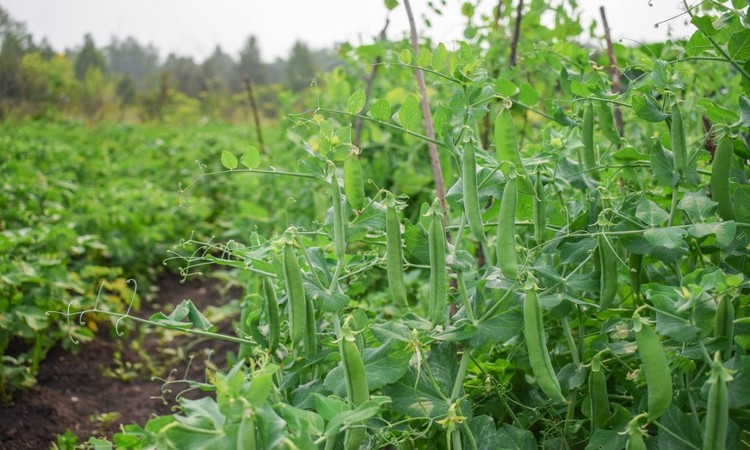
Harvesting and storage of haricot beans
Depending on the sowing, location, and climate zone, the beans can be harvested outdoors from the end of June, the later varieties until October. If you want to save yourself the search when harvesting, you should choose varieties that form pods above the foliage. This means that you can quickly see which pods are ready for harvest and it is also easier to pick them. The earlier you harvest the pods, the more tender they are. Especially with varieties that are not threadless, you should harvest them while they are still tender and have not developed a thread. This also promotes renewed fruit formation.
The pods can be stored in the refrigerator for a few days. If you harvest more than you can use, the surplus pods can also be frozen well. Some prefer to soak the pods in acidic water. In our opinion, however, this dilutes the fine taste of the Haricot bean too much. Another method that has been forgotten is drying. The pods have a longer shelf life and can be used particularly well for stews and soups.
You Might So Like: Humus
Ingredients and uses of Haricot beans in the kitchen
The kernels of the Green and French beans contain a lot of protein. In addition, the pods and kernels also contain minerals such as potassium, calcium, magnesium, and iron as well as a number of vitamins (A, B, C, E) and amino acids. Therefore, the beans should not be boiled or fried for too long. It also contains carbohydrates, some of which cannot be broken down by humans. These polysaccharides can also lead to gas and bloating.
In general, beans should not be consumed raw, as they are slightly toxic in this state. Either you boil the pods for about 10 minutes in hot water (add a little salt!) Or fry the pods with a little water and fat. Beans are suitable for all kinds of dishes: as an accompaniment to salads, to hearty dishes such as grilled steaks or a roast, or in soups.
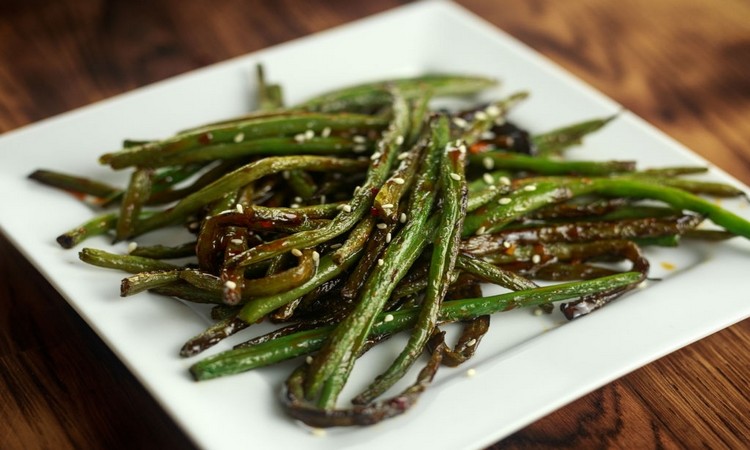
Common pests and diseases in haricot beans
Growing beans in your own garden is a lot of fun. Nevertheless, you should regularly check the plants for diseases and pests. Burn and grease spots appear as black spots or transparent, waxy/greasy spots on the foliage. If the fungal infestation can no longer be contained, the affected plant should be disposed of directly in the residual waste. No more beans should be planted in the same location for at least three to four years. The pathogen can survive in the soil for a few years and trigger a new infection.
Bean fly ( Phobia platura ) lays its eggs on the plants. The maggots attack seeds and young seedlings, which have significant growth problems as a result. An infestation can be prevented well. First, beans should not be grown after pre-growing spinach or potatoes. Beans should not be sown or planted on the freshly mucked ground, either. It is well known that the smell of manure attracts flies – this also includes the bean fly.
You might so like: Fertilizing Peonies
Young plants can be covered with a protective vegetable net. If you prefer the beans on the windowsill and first plant larger plants in the bed, an infestation with the bean fly is unlikely. Insecticides can also help with an infestation. Whether you want to use these pesticides in your home garden, however, should be carefully considered.
Beans can also suffer from the mosaic virus. This is transmitted by aphids, for example, which is why you should act quickly in the event of a louse or insect infestation. Affected leaves first turn yellow. In the more advanced stage, light to dark green discolorations appears on the leaves. The virus cannot be fought directly. Either one reaches for resistant, newer varieties or one tries to fight the vector (sucking insects).
The bean rust, a fungal disease, can be seen on the underside of the leaf. White-yellowish pustules form here. The infestation worsens and eventually, the affected plants lose their leaves. In some cases, it is also possible to skip the bean grate onto the pods. In general, runner beans are more likely to be affected than Green beans. After an infestation, the climbing aid should either be set aside for a few years or disinfected with industrial alcohol.
